Update See added comments at end of question.
I am working on a project to implement a remotely lit indicator when triggered through a wireless connection. To make this work I am trying to use existing components as much as possible to eliminate having to build low level electronics. The idea is to use a smart switch that can be triggered remotely via a battery powered fob. The smart switch would then turn ON and OFF the indicator which is wired into the same electrical box as the smart switch. If the indicator is triggered ON from the remote it can then be turned OFF locally using the buttons on the smart switch. There is a problem in that the LED indicator is not fully switched OFF via the smart switch.
The smart switch from Lutron, model number PD-5ANS-WH-R, wired up with the switch using both the LINE (120VAC) and NEUTRAL wires.
(Picture Source: https://www.amazon.com/gp/product/B07GYBC77S)
The load wire of the smart switch is connected to an LED indicator that is then also connected to the NEUTRAL. The LED indicator is designed to connect directly to a 120VAC power source and is rated to pull up to 10mA when it is ON.
(Picture Source: https://www.amazon.com/gp/product/B01M6WULBK)
The internals of the LED indicator are as shown in the following schematic.
Test data measured with the smart switch and the LED indicator connected up shows the following result for voltage across the indicator and the current through it.
Switch ON - 118VAC - 7.5mA AC - Indicator fully bright
Switch OFF - 12.8VAC - 0.0056mA AC - Indicator very dimly lit
The conventional solution for LEDs that stay dimly lit with a smart switch is to place an incandescent bulb in parallel with the LED. That however is not suitable for my application because of the extra heat and no need for the extra illumination beyond the LED indicator.
I am looking for "out of the box" ideas on how to eliminate the dimly lit behavior of the LED indicator when the smart switch is OFF.
Update comments:
- I tried the suggestion to add a 50K ohm resistor across the indicator. This did reduce the OFF state voltage across the indicator from the 12.8VAC level down to 9.2VAC but the indicator still glows dimly. I really suspect that the added resistor load on the smart switch may increase the leakage current some. Smaller and smaller resistor values could be tried but then there comes the problem of significantly increased power dissipation when the switch is ON and 118VAC appears across the indicator.
- The idea to try placing back to back 33V Zener diodes in series with the indicator is really a non starter because it will reduce the full ON drive to the indicator thus making it not to be as bright as I would like.
- Similar comment regarding trying to hide the dimly lit LEDs with some type of light blocking material. This will also have way too much impact on the fully lit indicator in the ON state which I want to keep as bright as possible.
- I have sent away for a 120VAC compatible red neon bulb indicator to see if that will offer any better behavior on the switch OFF state.
Hopefully some other folks can offer some additional advice that may lead to a workable solution.



